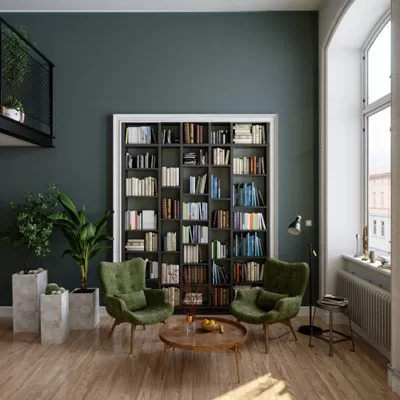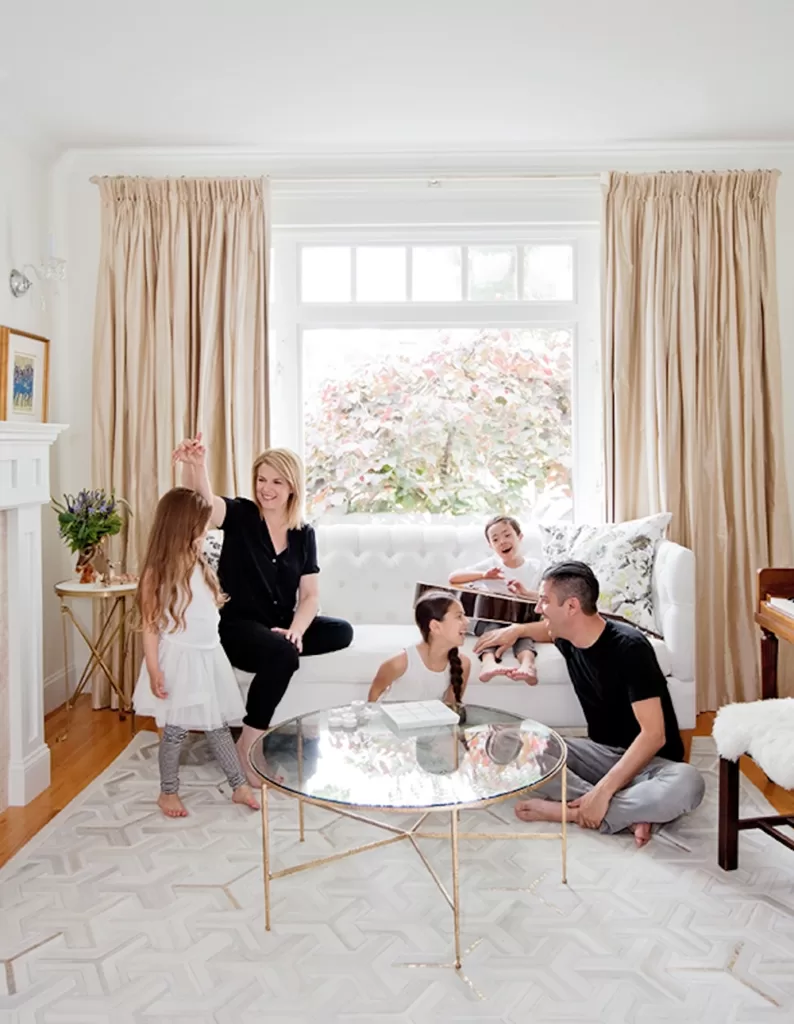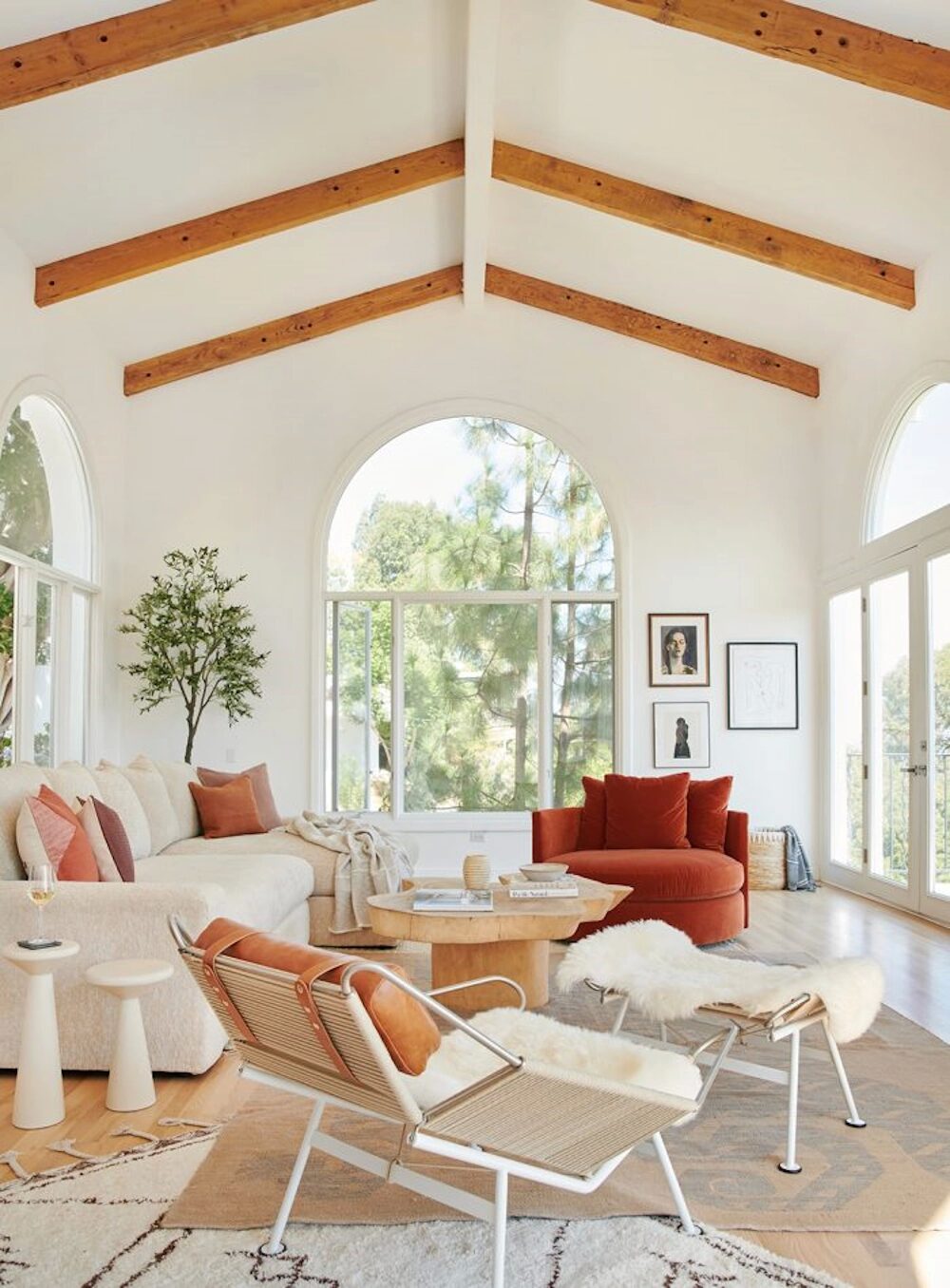
"Home" is a multifaceted and deeply personal concept that encompasses various emotional, psychological, and physical dimensions.

To say that this is “home” depends on what qualities it contains for the speaker. It is clear that house becoming a home may not depend on the main functions, the comfort of the bedrooms or the correctness of the toilet siphons, and it mostly means the mood and sense of atmosphere of the building, which if you ask the speaker about these qualities, probably things in You will hear about heat, bricks, yard and flowers and plants. But if we consider people’s lifestyle as one of the factors that shape the space, how can we design the same for different people? Is it possible to set a red line for people’s lifestyle? A contributing factor in this situation is paying attention to the concept of family and its conditions.

“Creating Comfortable Spaces is one of the key factors for building optimization and interior design.”
Natural Light and Ventilation: Incorporating ample windows and ventilation systems to bring in fresh air and natural light, enhancing the overall ambiance and comfort.
Ergonomic Design: Choosing furniture and layout that promote good posture and movement, reducing physical strain and discomfort.
Temperature Control: Implementing efficient heating, cooling, and insulation systems to maintain a comfortable temperature throughout the year.
Acoustic Solutions: Integrating sound-absorbing materials and designs that reduce noise levels, ensuring a peaceful and quiet environment.
Functional Layout: Designing spaces that flow logically and meet the specific needs of occupants, facilitating easy movement and access to essential areas.

Appropriate Lighting: Using a mix of ambient, task, and accent lighting to create a well-lit environment that suits various activities and moods.
Color Psychology: Choosing color schemes that promote relaxation and harmony, aligning with the desired emotional response of the space.
Personalization: Allowing occupants to customize their spaces with elements that reflect their personality and preferences, fostering a sense of ownership and comfort.
Biophilic Design: Incorporating natural elements like plants, water features, and natural materials to create a connection with the outdoors and enhance well-being.
Storage Solutions: Providing sufficient storage to minimize clutter, promoting a sense of order and tranquility.

Technology Integration: Introducing smart home systems that allow convenient control over lighting, temperature, and entertainment, enhancing convenience and comfort.
Accessibility: Designing spaces that are easily navigable by people of all ages and abilities, ensuring inclusivity and comfort for everyone.
Aesthetic Balance: Striking a balance between aesthetics and functionality to create spaces that are visually pleasing while also serving practical purposes.
Sensory Elements: Incorporating textures, scents, and materials that engage the senses positively, contributing to a holistic and comfortable experience.
Health and Well-being: Incorporating features that promote physical and mental well-being, such as exercise areas, relaxation spaces, and access to nature.
Hygge-inspired Design: Embracing the Danish concept of “hygge” by incorporating elements that promote comfort, relaxation, and well-being in interior design.


By considering and incorporating these factors into the design of buildings and spaces, you can significantly enhance the comfort and overall quality of the environment for occupants.
A house becomes a home when we infuse it with our personality and style. Whether it’s adorning the walls with art that speaks to our soul, filling the rooms with furniture that reflects our tastes, or adding personal touches like family photographs, every detail contributes to the creation of a space that feels uniquely our own.
Ultimately, the concept of “home” in multicultural countries like Canada, “home” embodies a blend of traditions and values from varied backgrounds. It extends beyond physical space to encompass cultural communities and networks. The concept reflects integration, adaptation, and celebration of diversity, fostering a sense of belonging in a dynamic multicultural tapestry. It’s a reflection of the ongoing process of cultural exchange, adaptation, and coexistence that characterizes these societies.